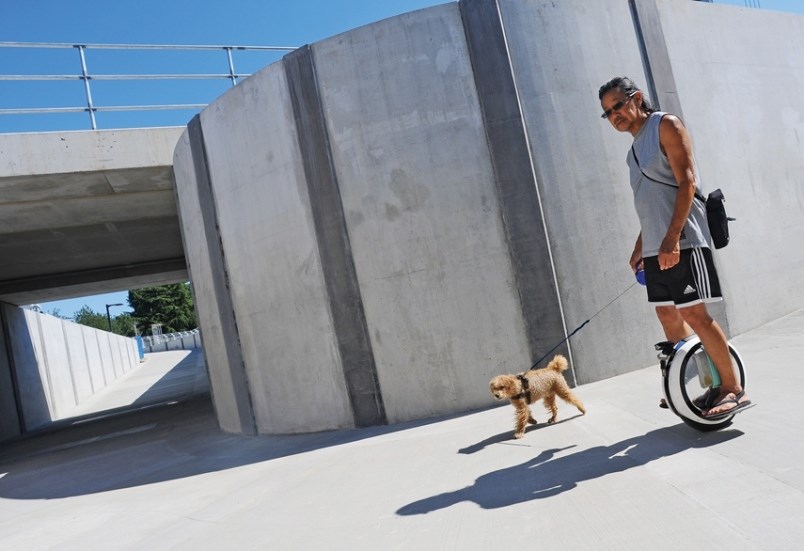Do you leave your house? Seriously.
We don’t really have to anymore. You can get groceries, drugs (not that kind), dinner and, now with Amazon, pretty much everything else delivered right to your door. But, maybe you have a job that requires your physical presence? Family over town? Friends a couple of blocks away? Hobbies and sports? These are all great reasons to leave your castle, cross the moat and move on.
If you do venture out, you might get something from this column. No guarantees of course. I’ve been writing about using a bicycle for transportation for a few years, and will now write about transportation more generally – with a focus on alternative and active methods. I’ll define both. Alternative means non-car. Active means you have to use your body to move that non-car.
Why alternative and active transportation? A friend of mine once said that transportation planning is one way to create community. The way we get around says a lot about our communities and how they are shaped. Recently at a City of North Vancouver council meeting (some people actually watch those meetings) Coun. Jessica McIlroy said that supporting alternative mobility helps the city in more ways than one: reducing greenhouse gases, keeping people healthy, decreasing vehicle congestion and making the city more livable. Those are goals we might want to get behind.
While all these things are true of cycling, a new class of alternate vehicles is hitting the streets. And even more than a regular bike, they are set up to motivate people out of cars. It’s all about the letter “e” and little vehicles: e-bikes, velomobiles, motorized skateboards, unicycles, “hoverboards,” and other small, battery-powered, low-speed non-cars.
These forms of transportation are popping up on streets and multi-use paths (and sidewalks) all over the North Shore. We know from HUB Cycling’s fall bike-to-work-week counts that close to 20 per cent of people riding chose e-bikes. That number can only grow as e-bikes come down in price and people realize they make our North Shore hills irrelevant.
E-bikes are currently street legal, but e-scooters, hoverboards and other mini-vehicles are not. The provincial government is looking at legalizing them in pending revisions to the Motor Vehicle Act. These new e-modes provide a solid choice for folks that leave the house, for both local and longer trips. Why? For one thing, traffic is so bad, you can’t get anywhere anymore. To paraphrase Yogi Bera: “No one goes there anymore because it’s too busy.” For another, how about money? Once you add up car parking, gas, insurance, and maintenance, a non-car can be a real money-saver. It just makes financial sense to try something else.
Times they are changing. How do I know? Local celebrities are cottoning on. MLA Bowinn Ma traded her vintage Peugot for an e-bike. As well, City of North Vancouver Coun. Don Bell bought a folding e-bike. This guy. He is constantly reinventing himself to lead the crowd. Fabulous!
Instead of gathering cobwebs waiting for Uber – which will only make traffic worse – why not start planning now for your alternate transportation evolution. We all really need to move on.
Heather Drugge is a sustainable transportation advocate who has used her bike for transportation for 20 years. She’s looking at getting an e-bike and maybe a jetpack next.



